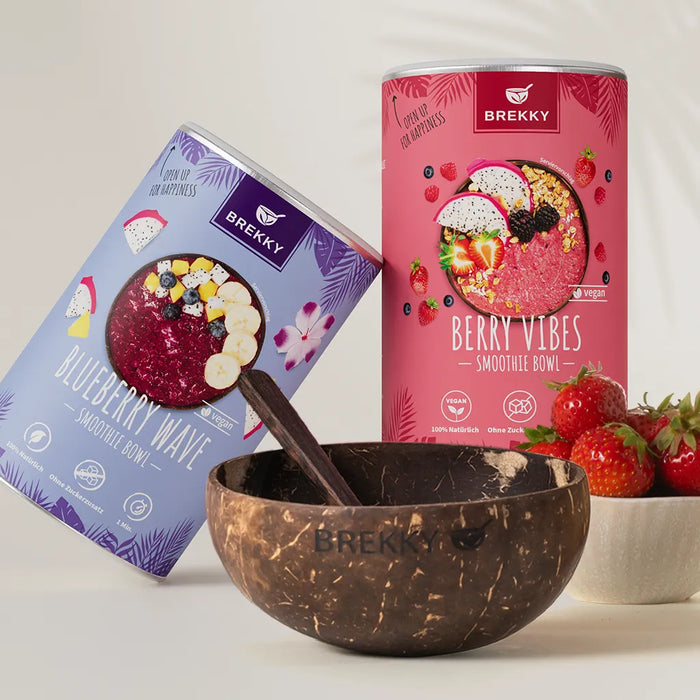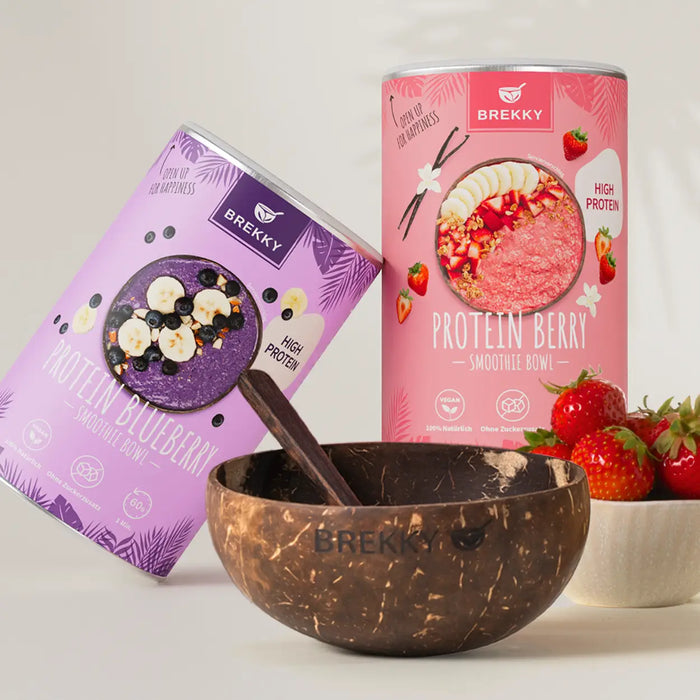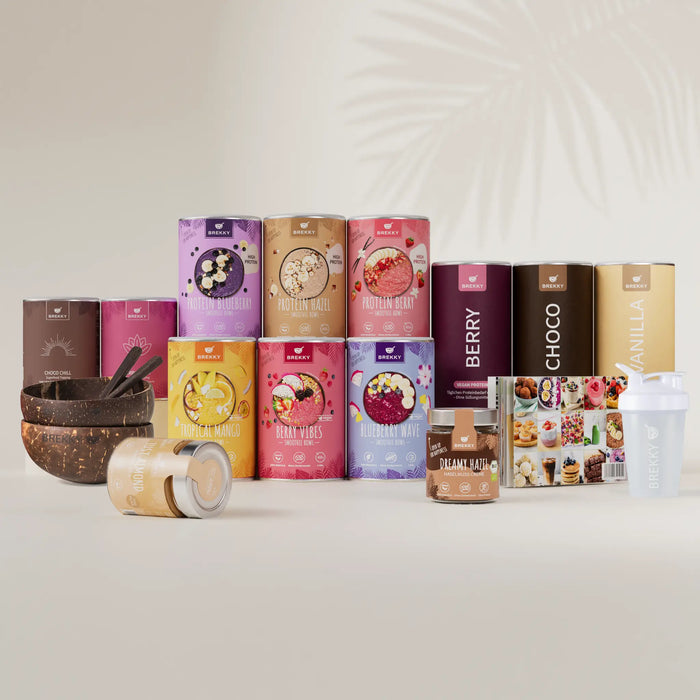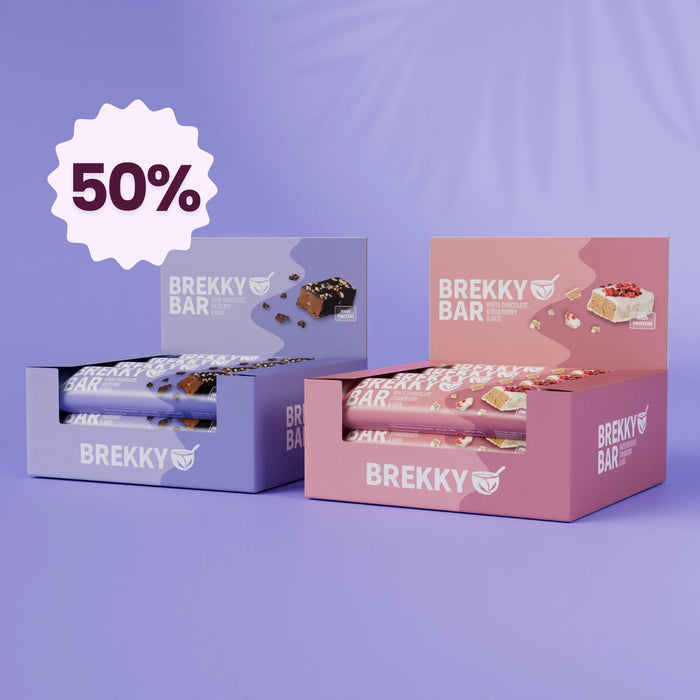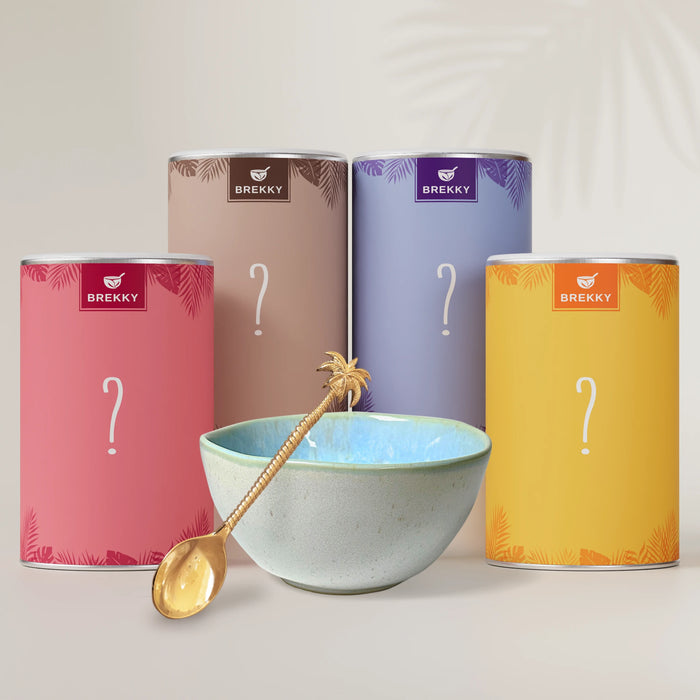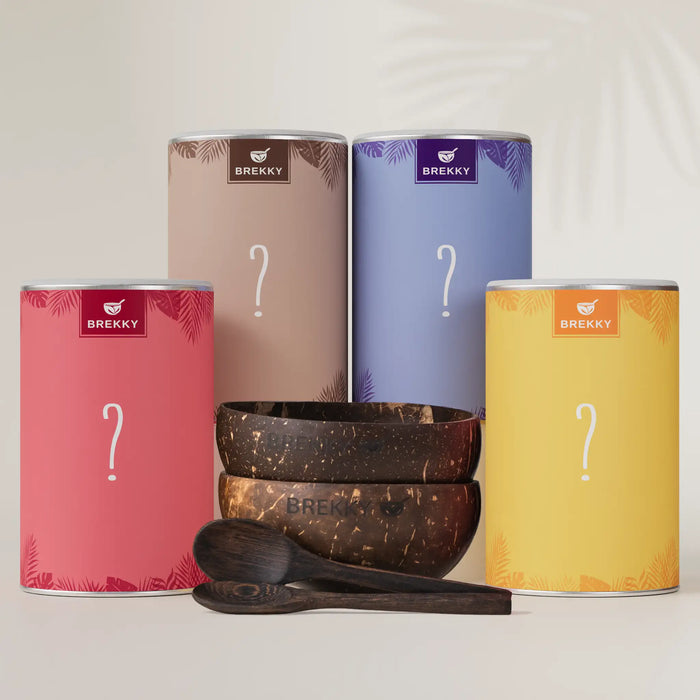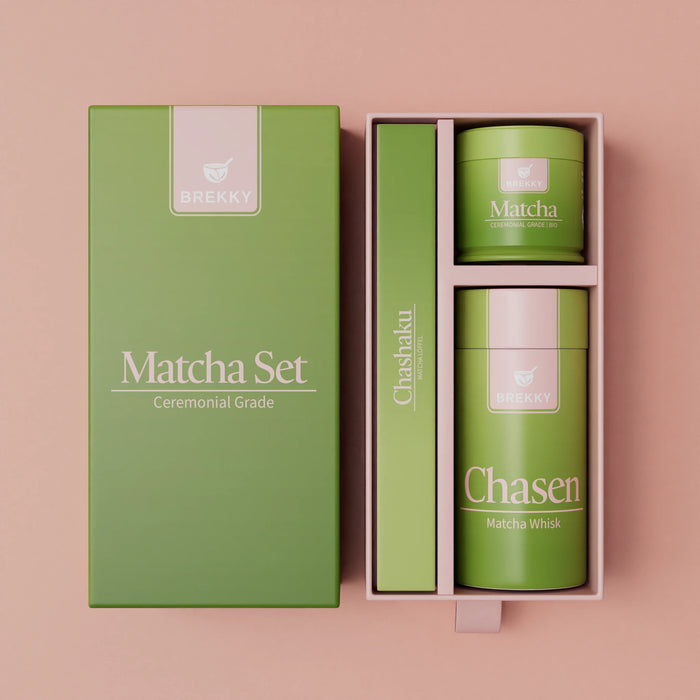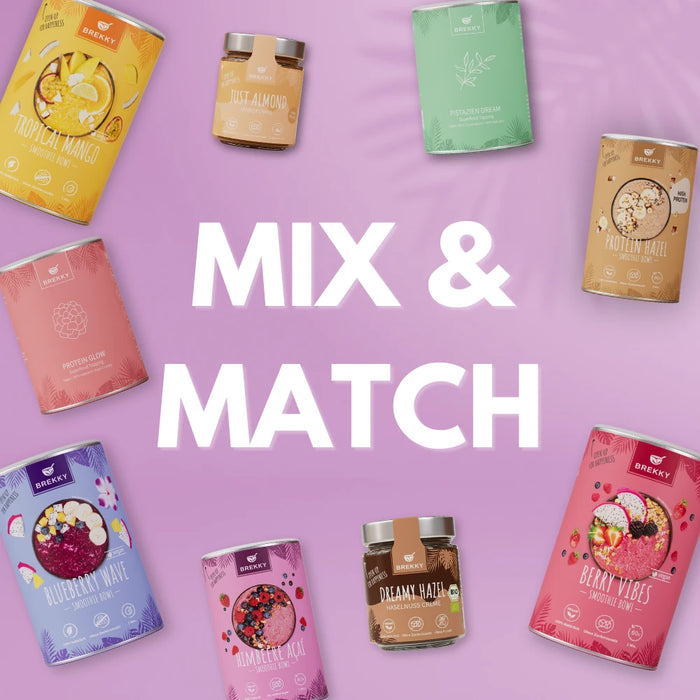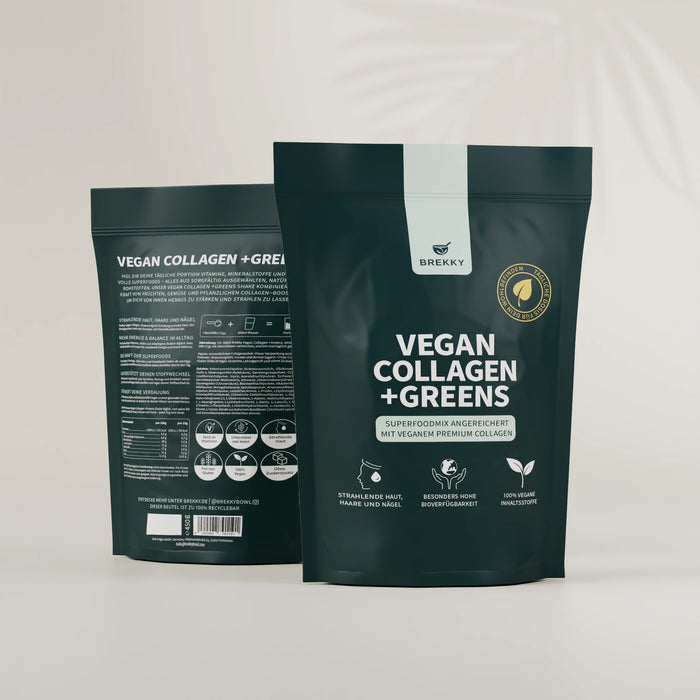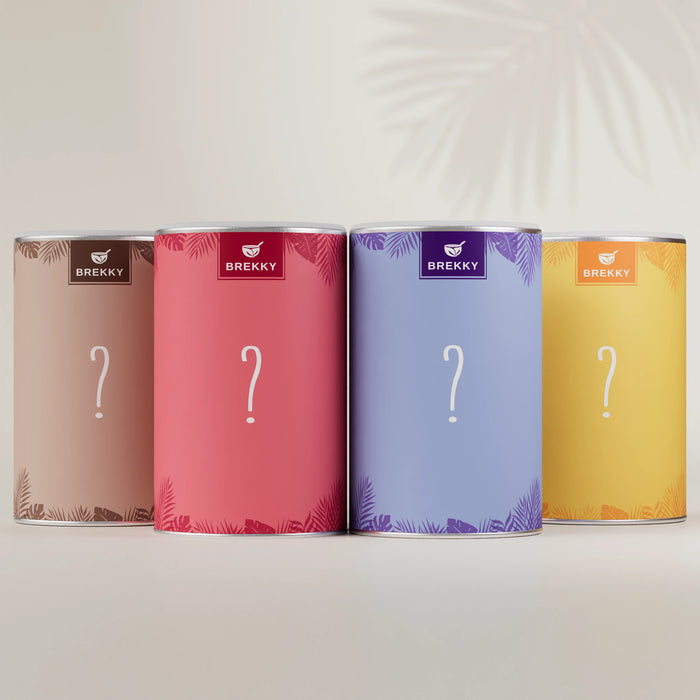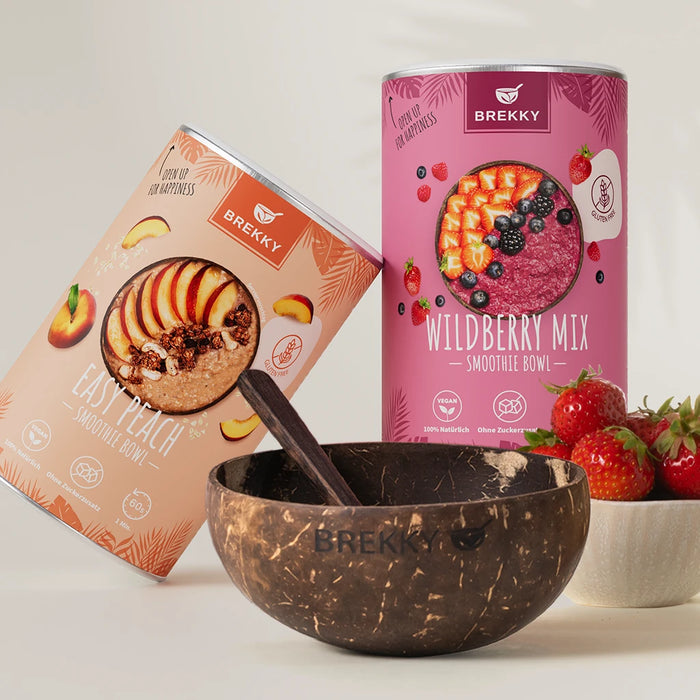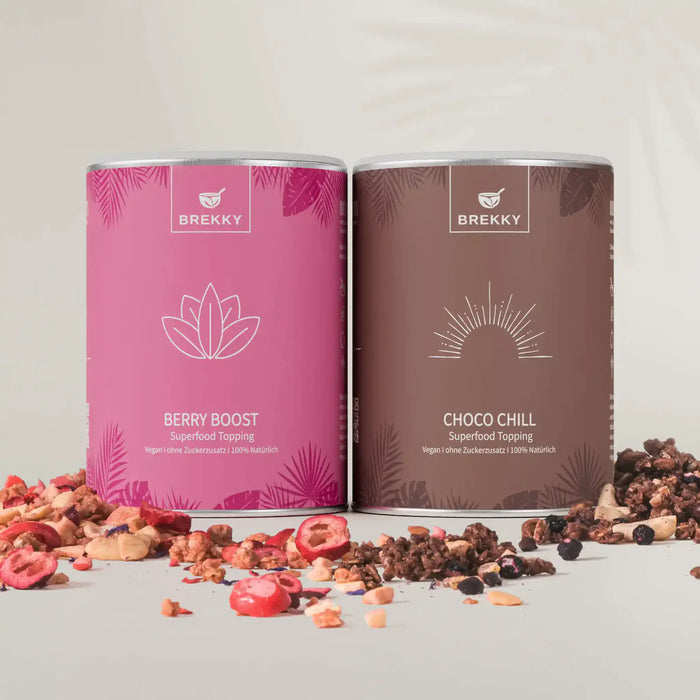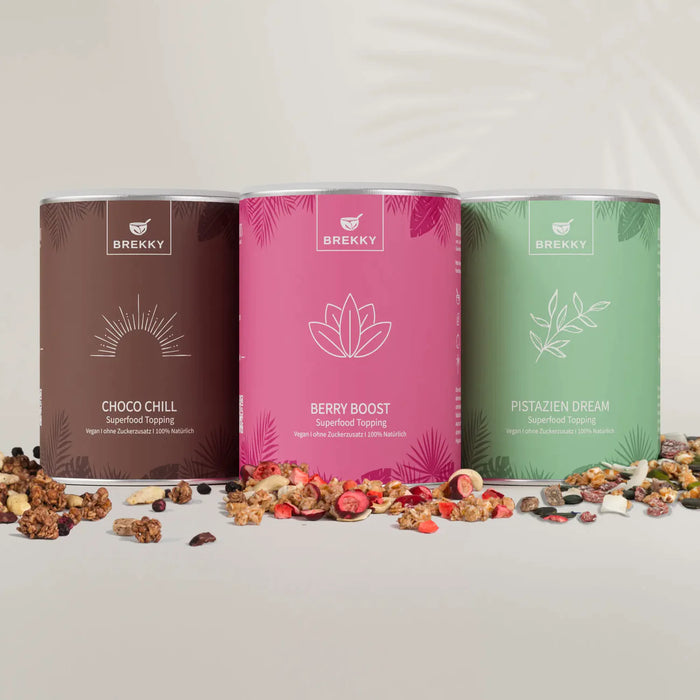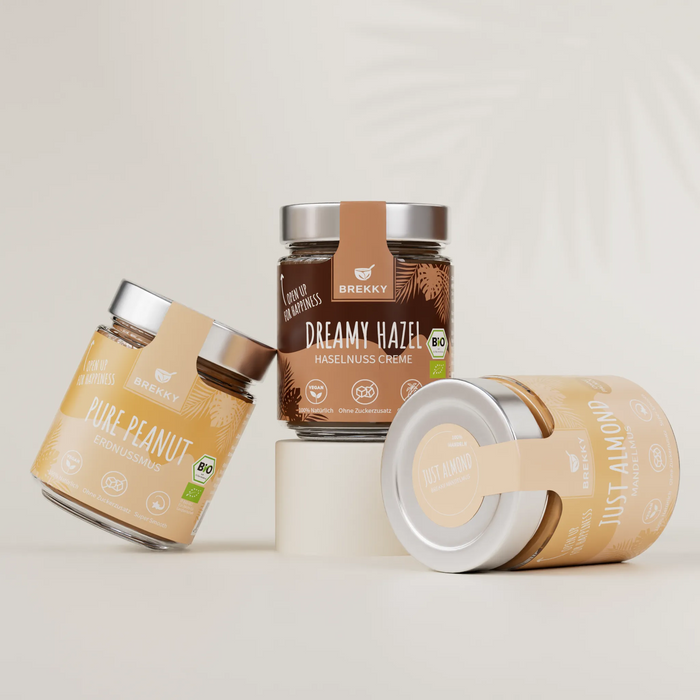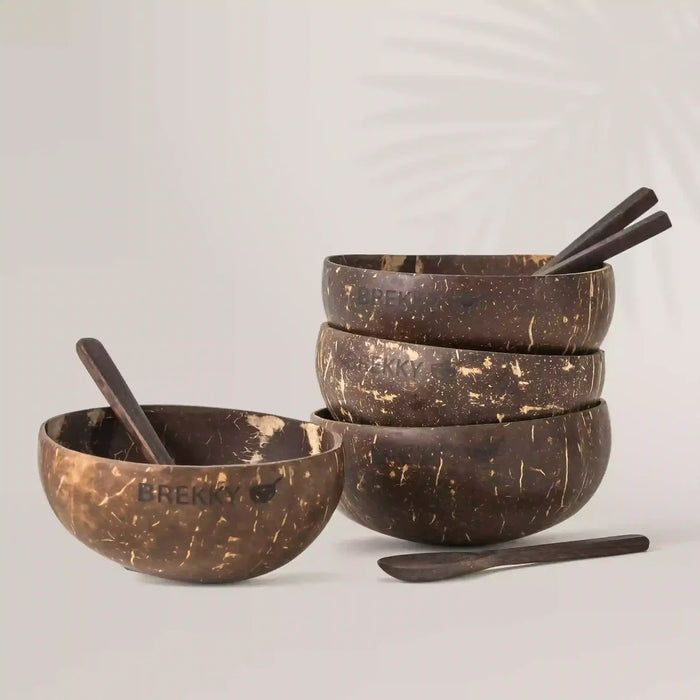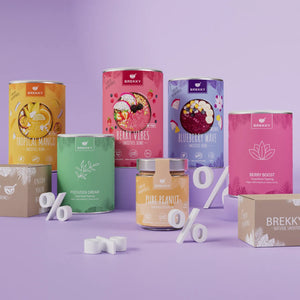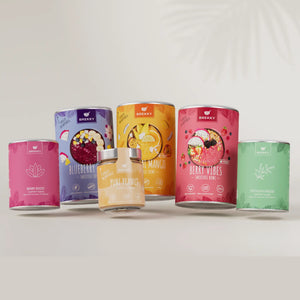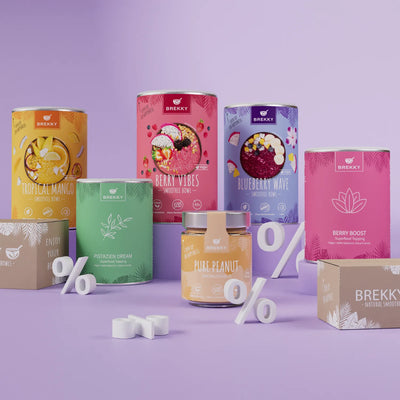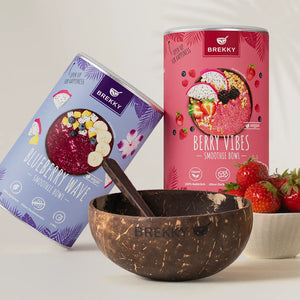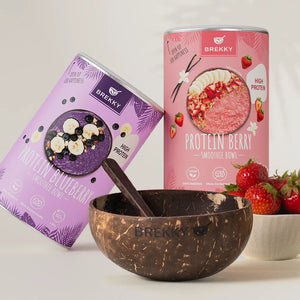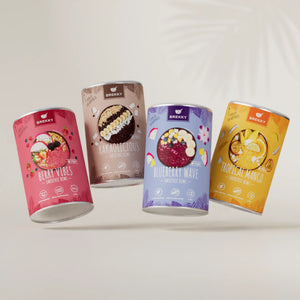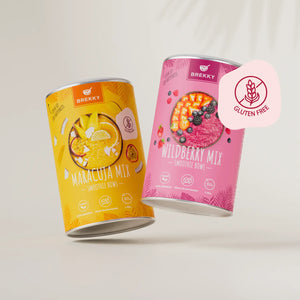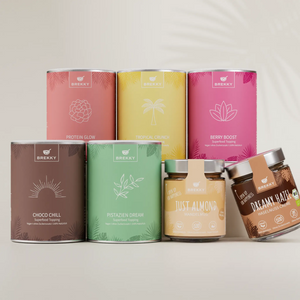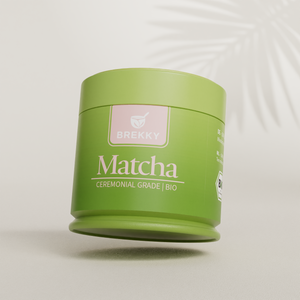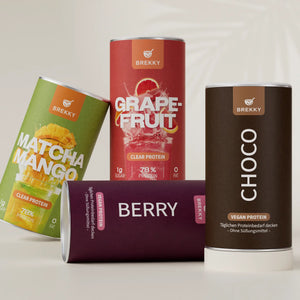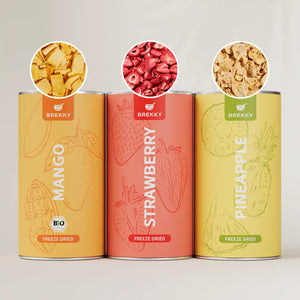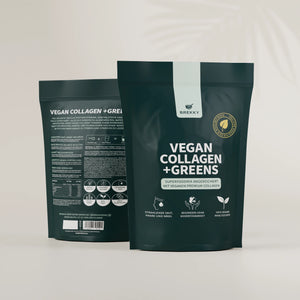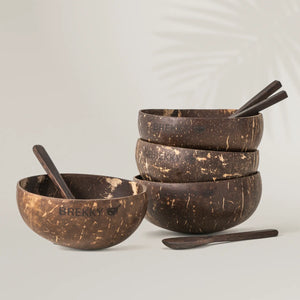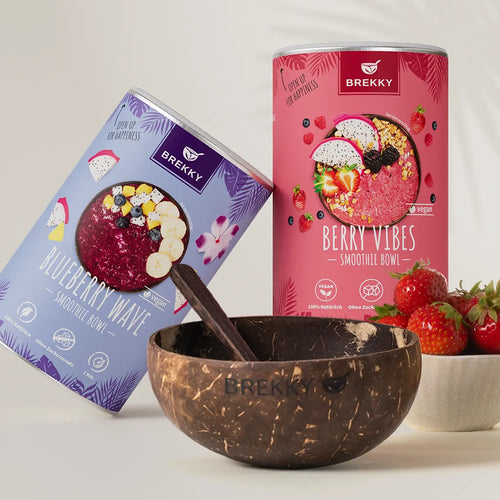Vegan protein powder without soy: healthy, conscious, versatile
Inhalt
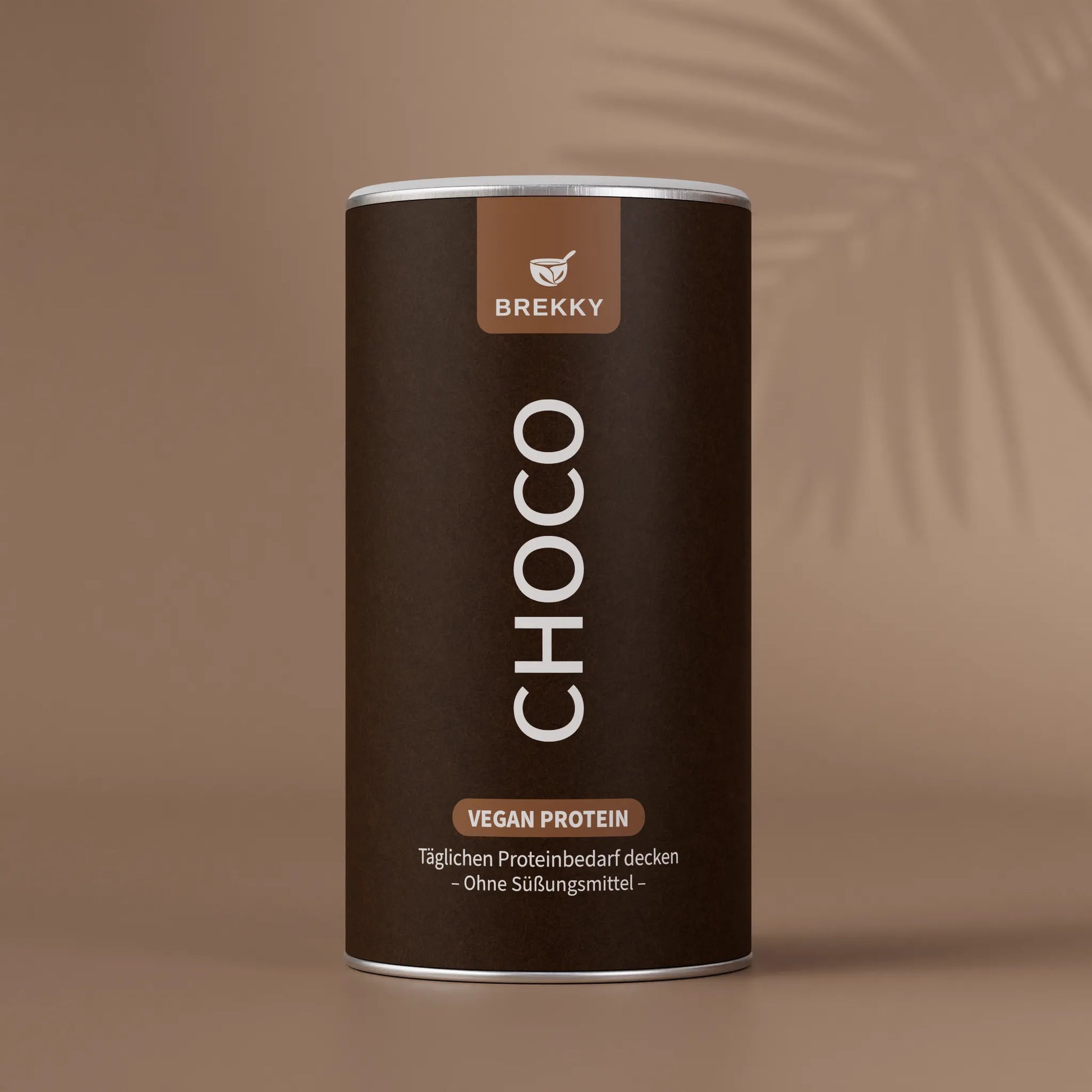
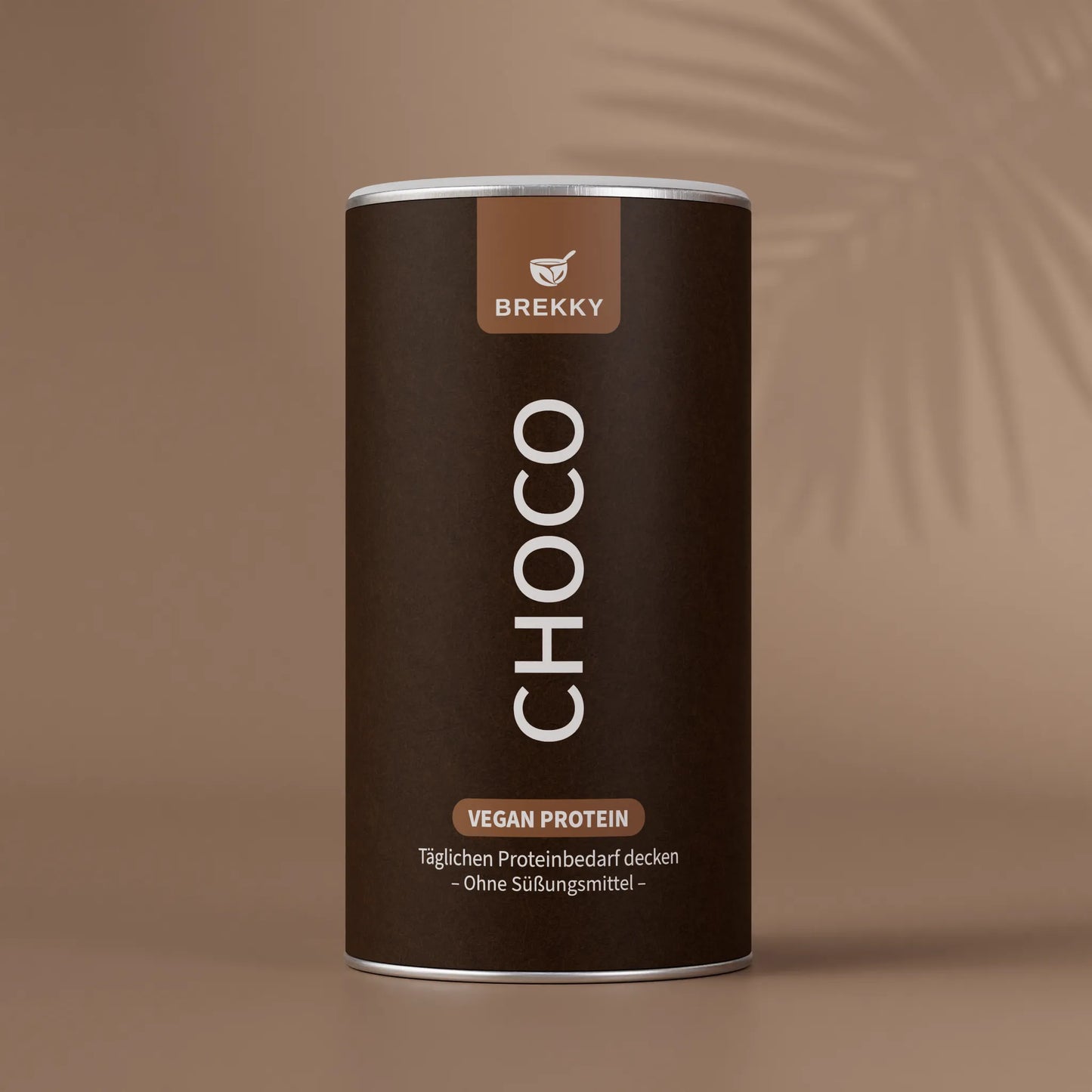
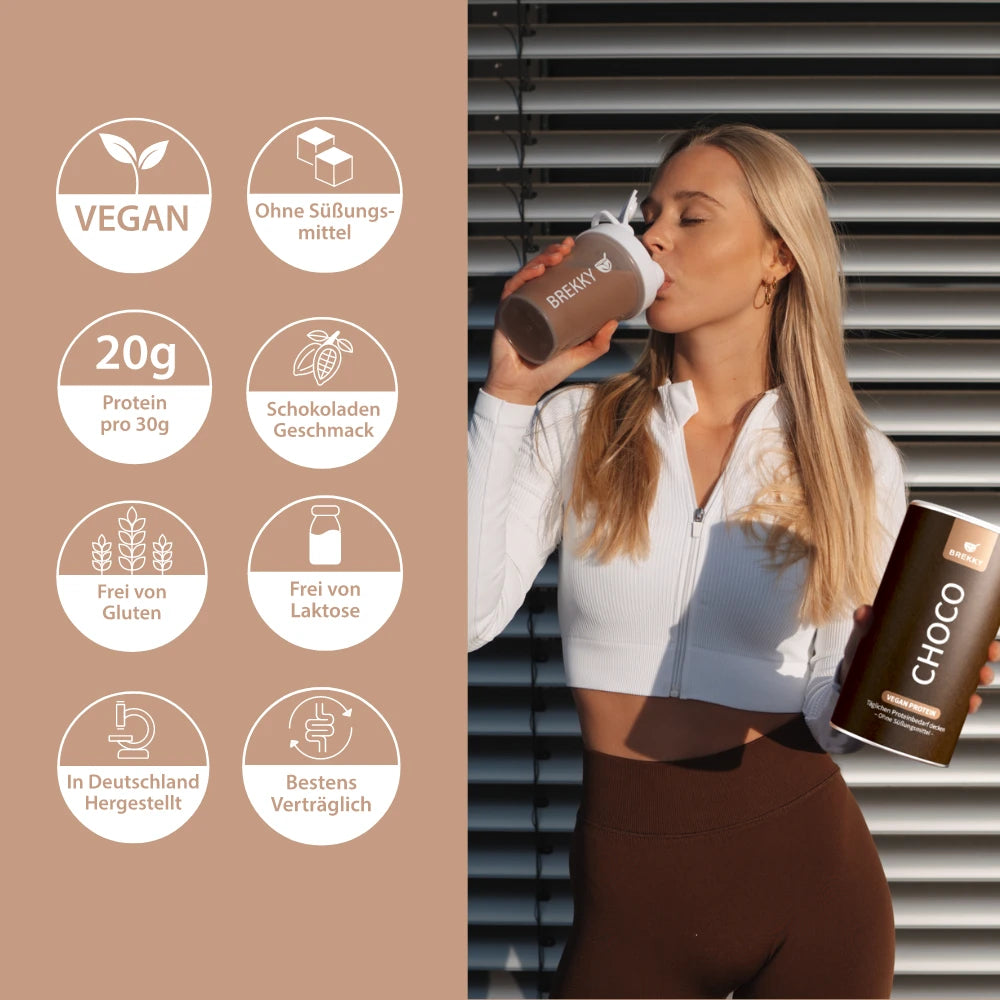
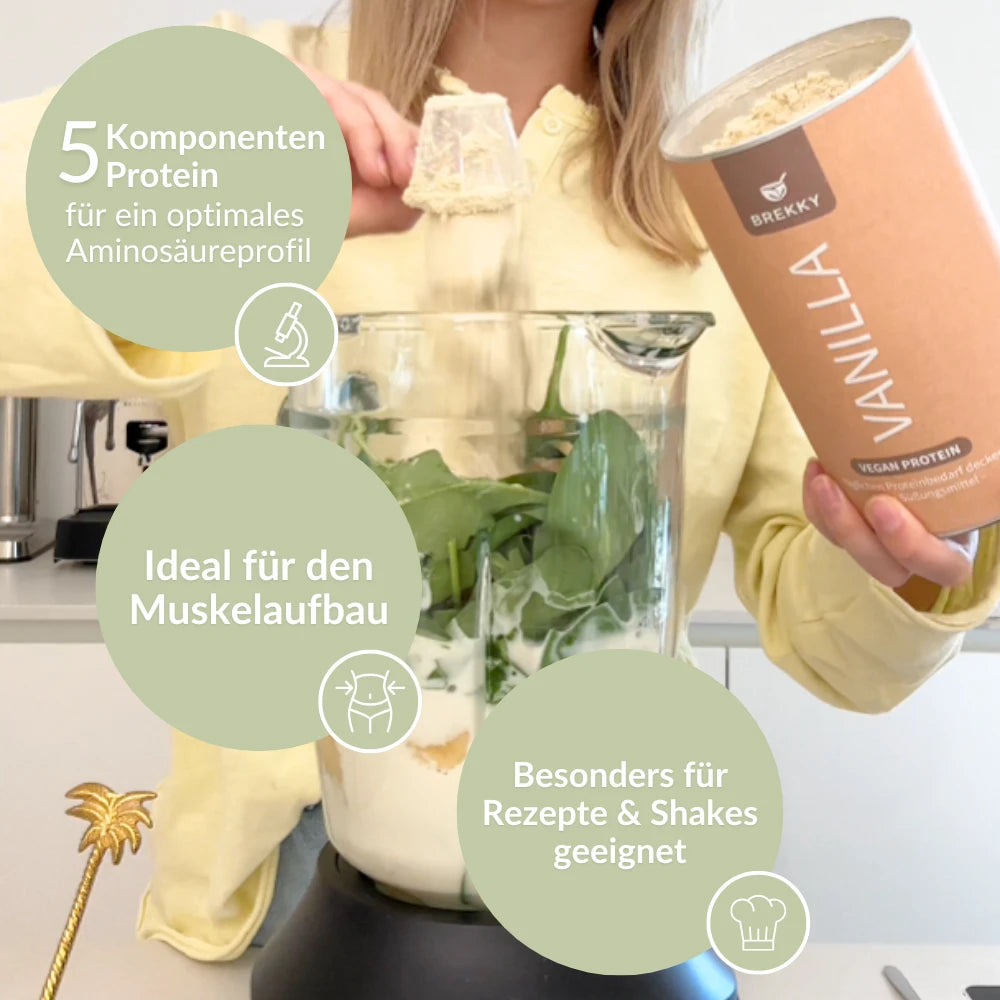
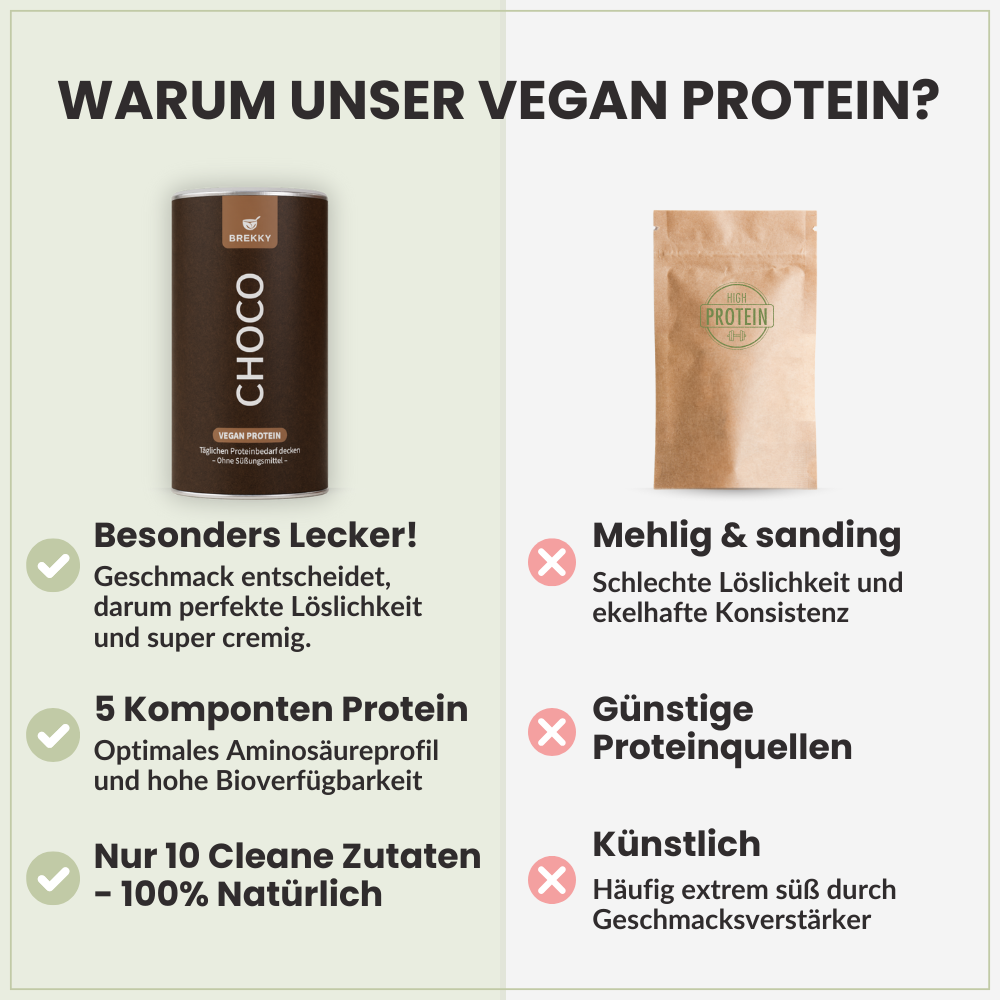


Health reasons
Ethical and ecological aspects of soy production
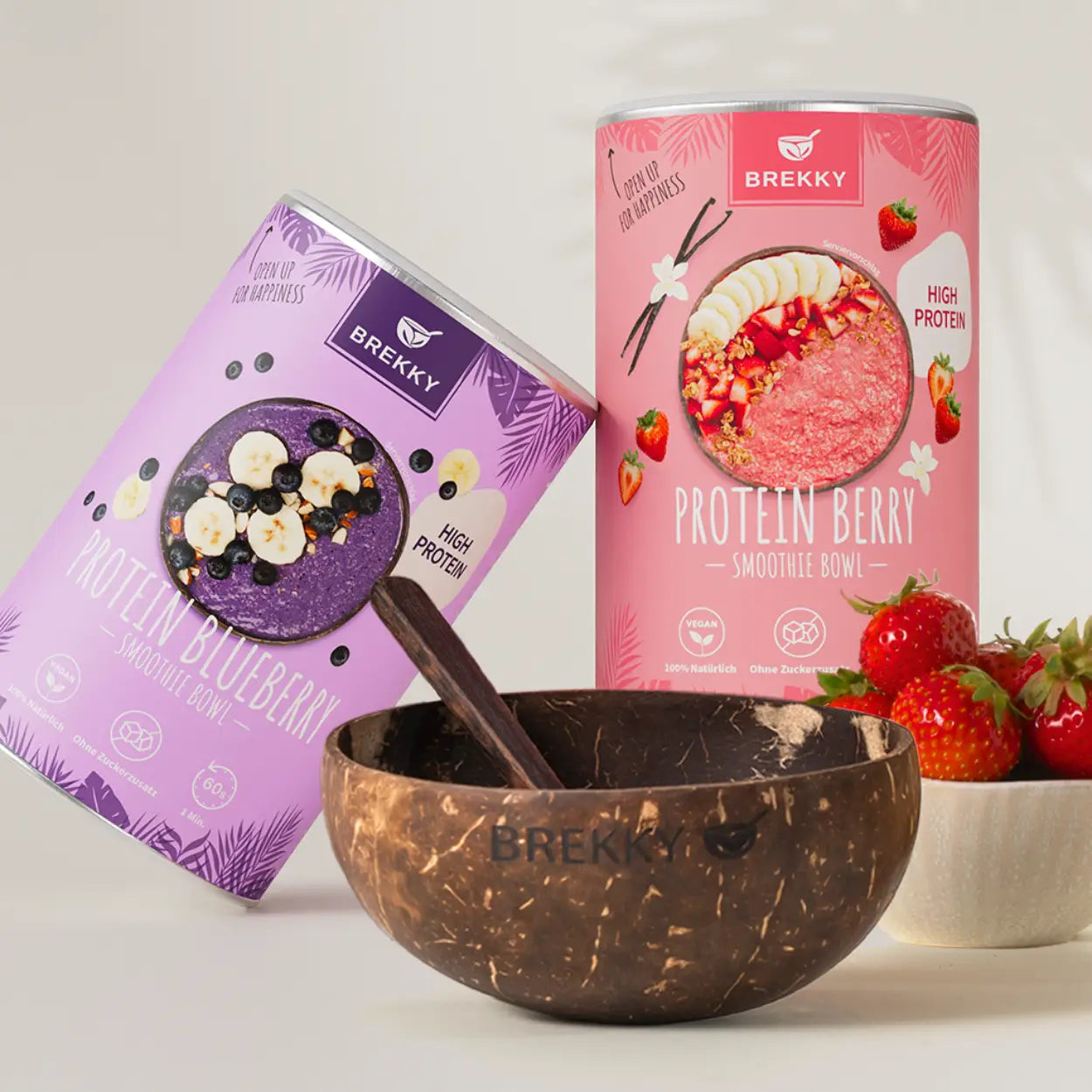
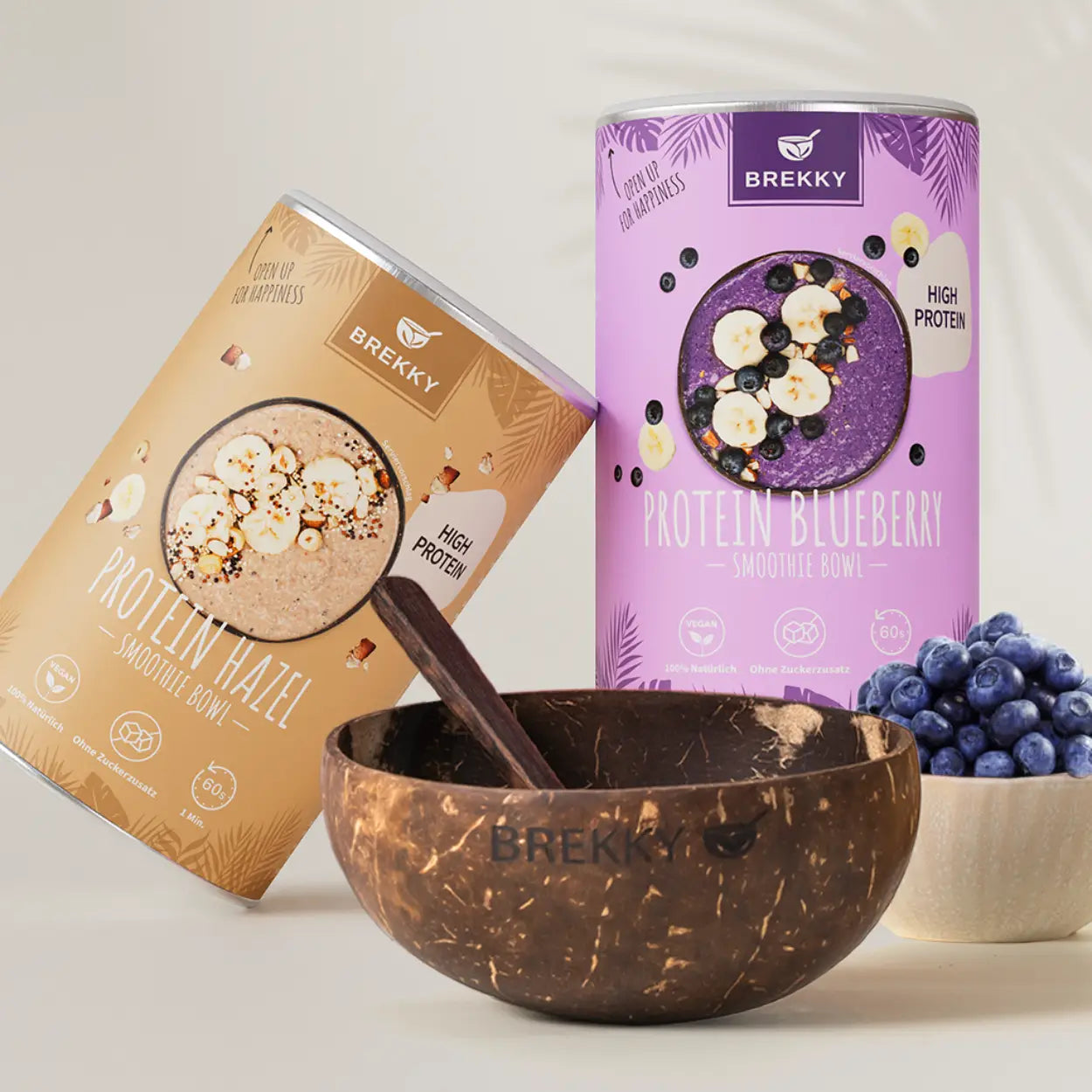
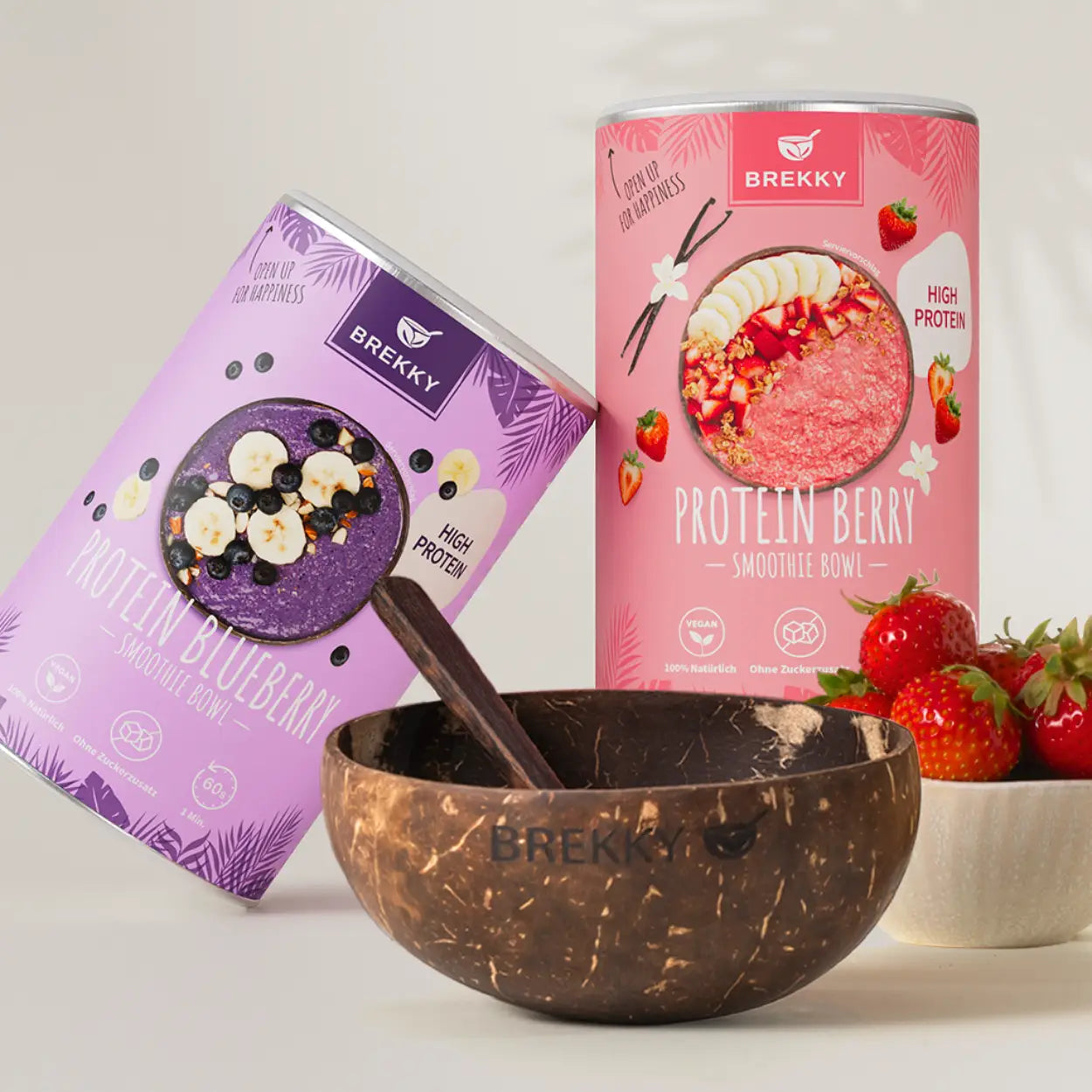
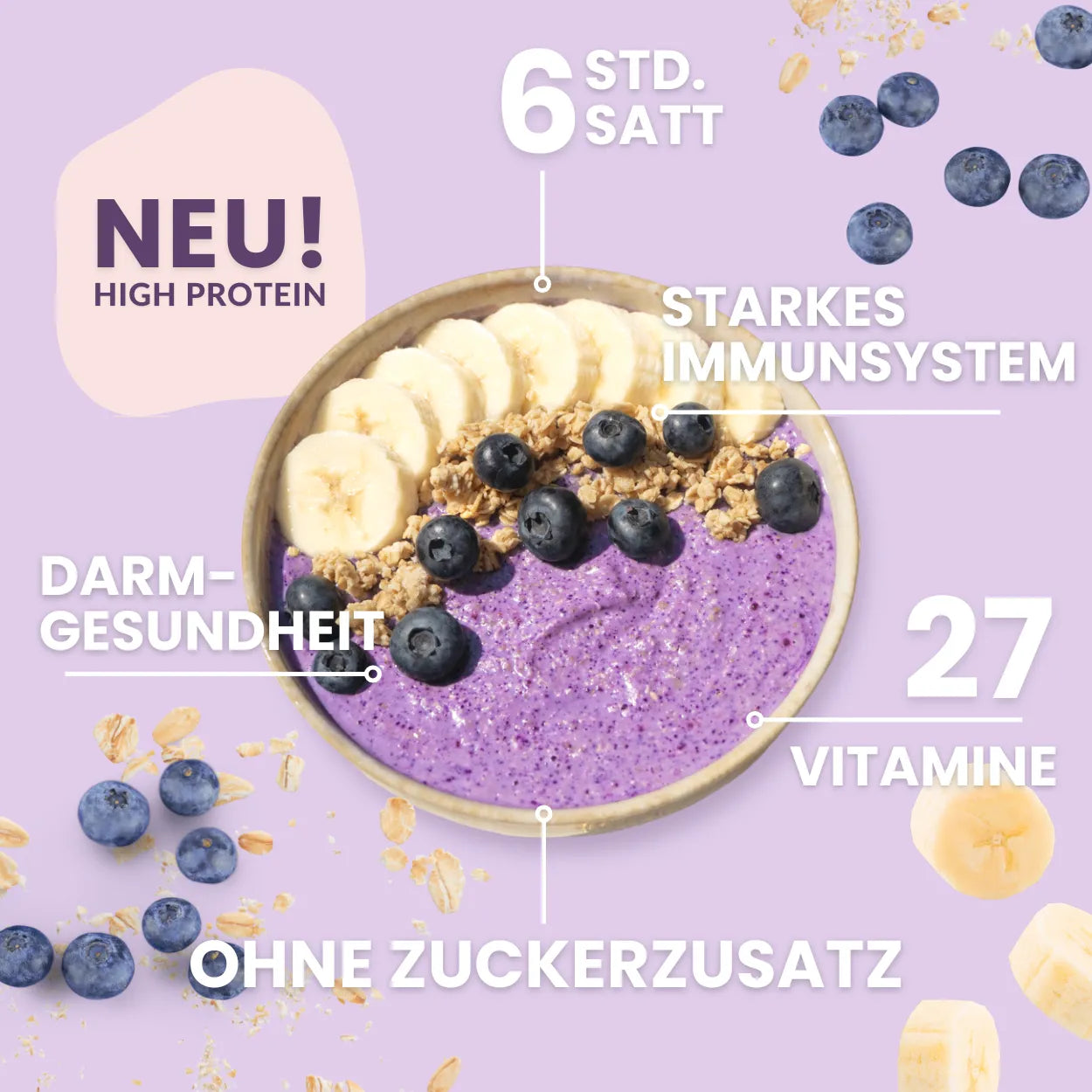
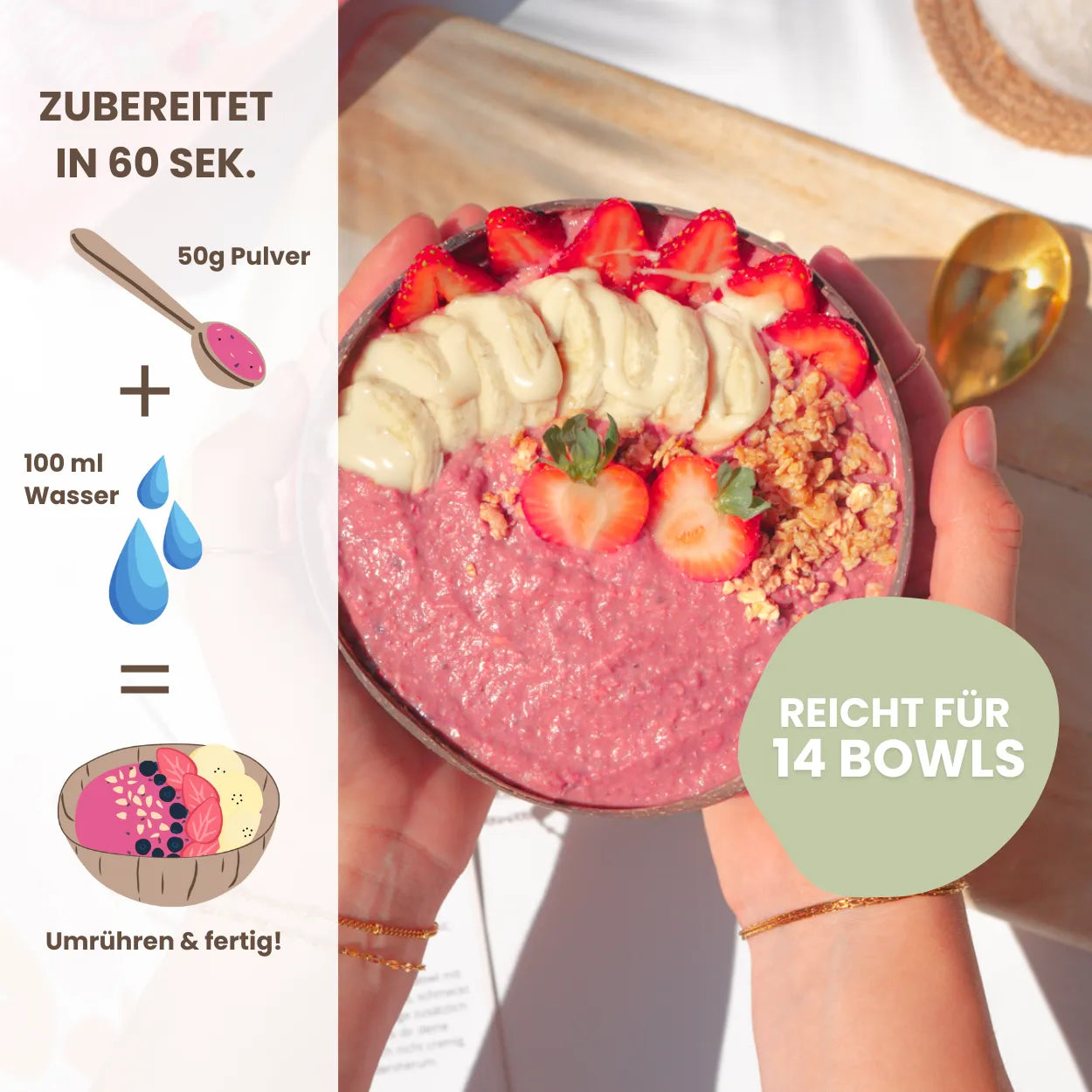
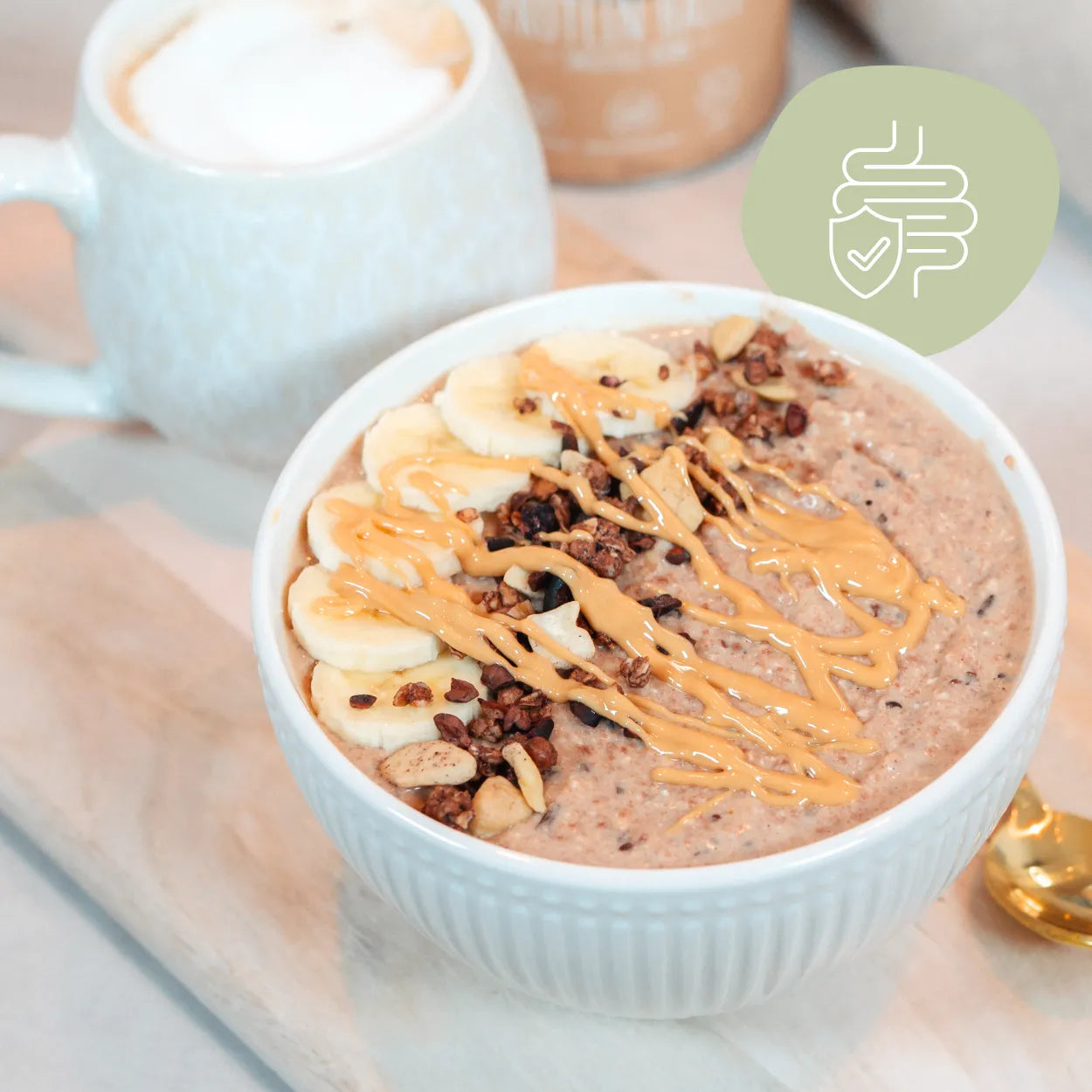

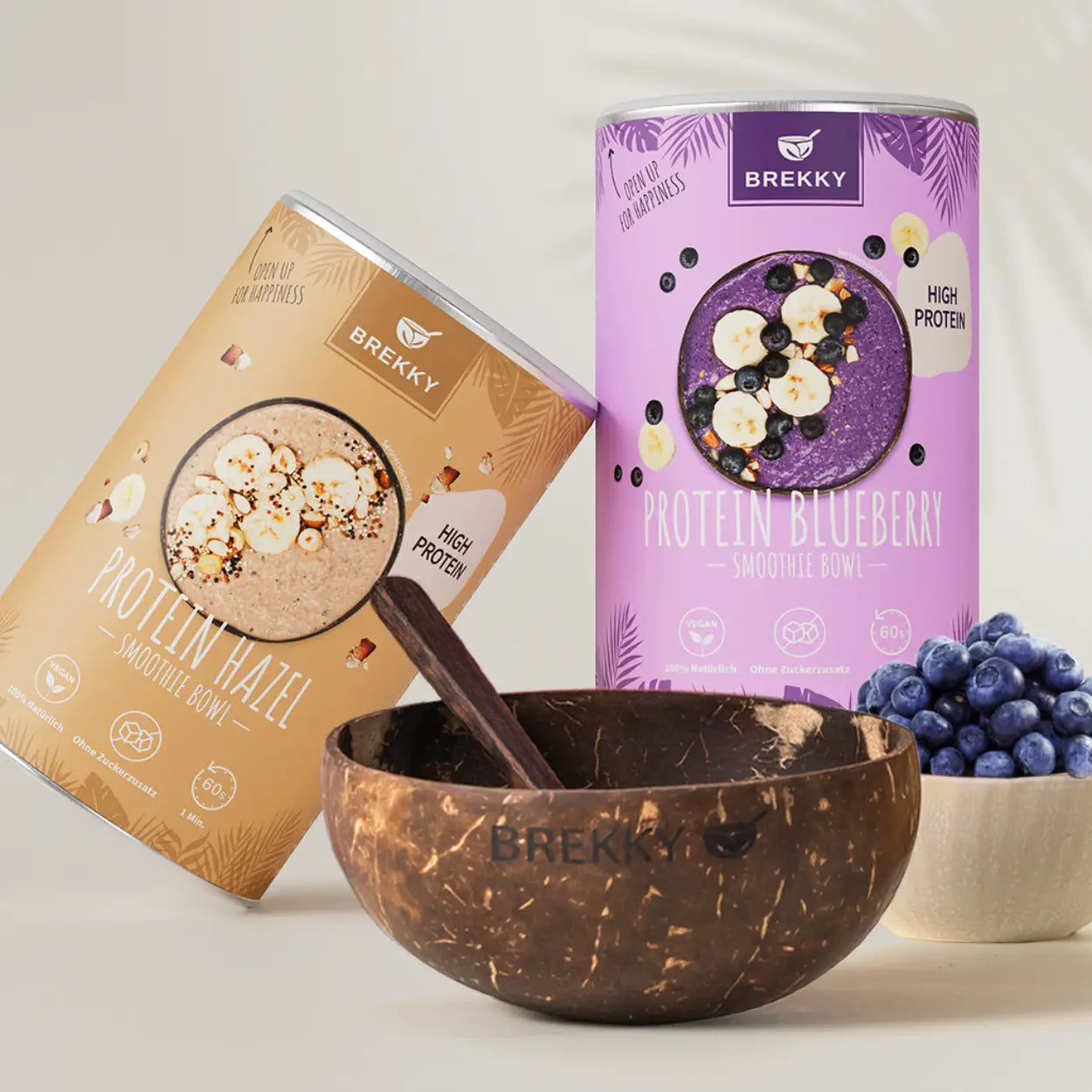
Soy-free protein sources in comparison

Pea protein: advantages and disadvantages
Pea protein is considered well-tolerated and low in allergens. It provides many essential amino acids, especially lysine. Its taste is somewhat earthy, but can be easily masked in shakes. The consistency is often described as pleasantly creamy. It combines well with rice protein for a complete amino acid profile.
Rice protein: biological value and application
Rice protein is easily digestible, gluten-free, and contains a lot of methionine—an amino acid that's rather scarce in other vegan proteins. Combined with pea protein, it creates a complete amino acid profile. The flavor is more neutral than pea protein, making it ideal for baking recipes.
Hemp and pumpkin seed protein
Hemp protein scores highly with its omega-3 fatty acids and balanced amino acid profile. However, it is less concentrated in protein (approximately 50%). Pumpkin seed protein has a nutty flavor and also provides iron and zinc. Both are good options for variety and nutritional diversity.
Buying criteria for soy-free protein powder
Soy-free + organic: health-conscious alternatives
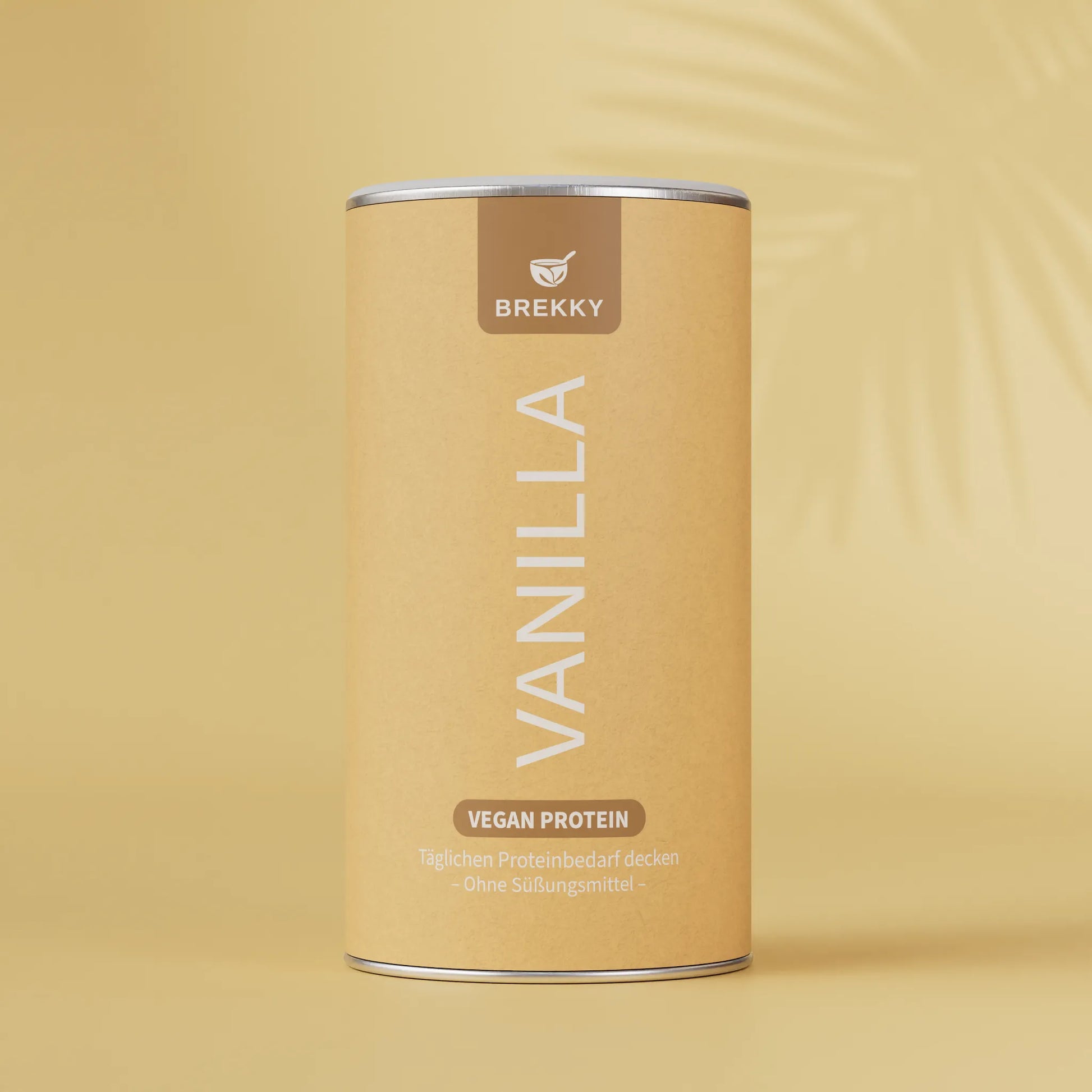
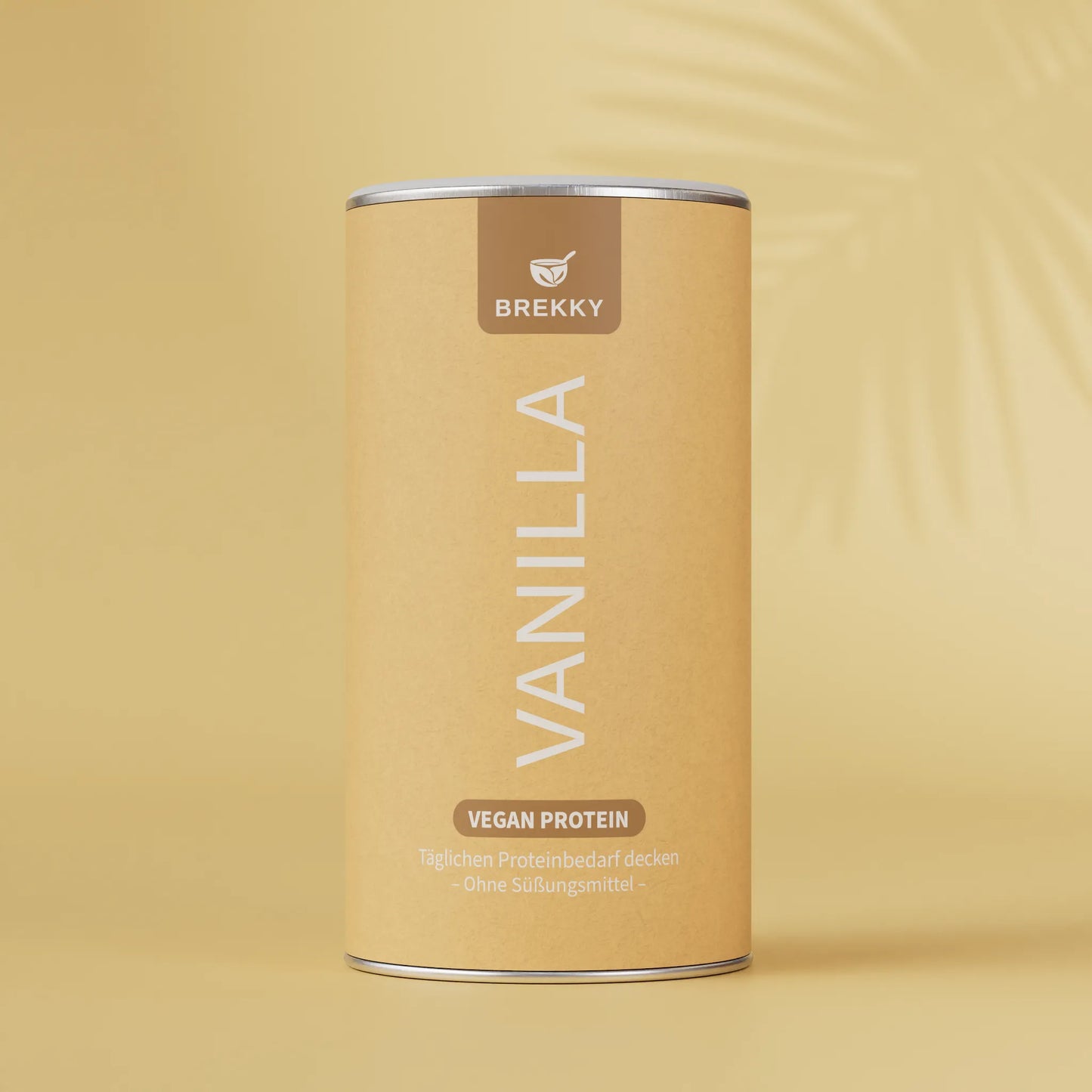
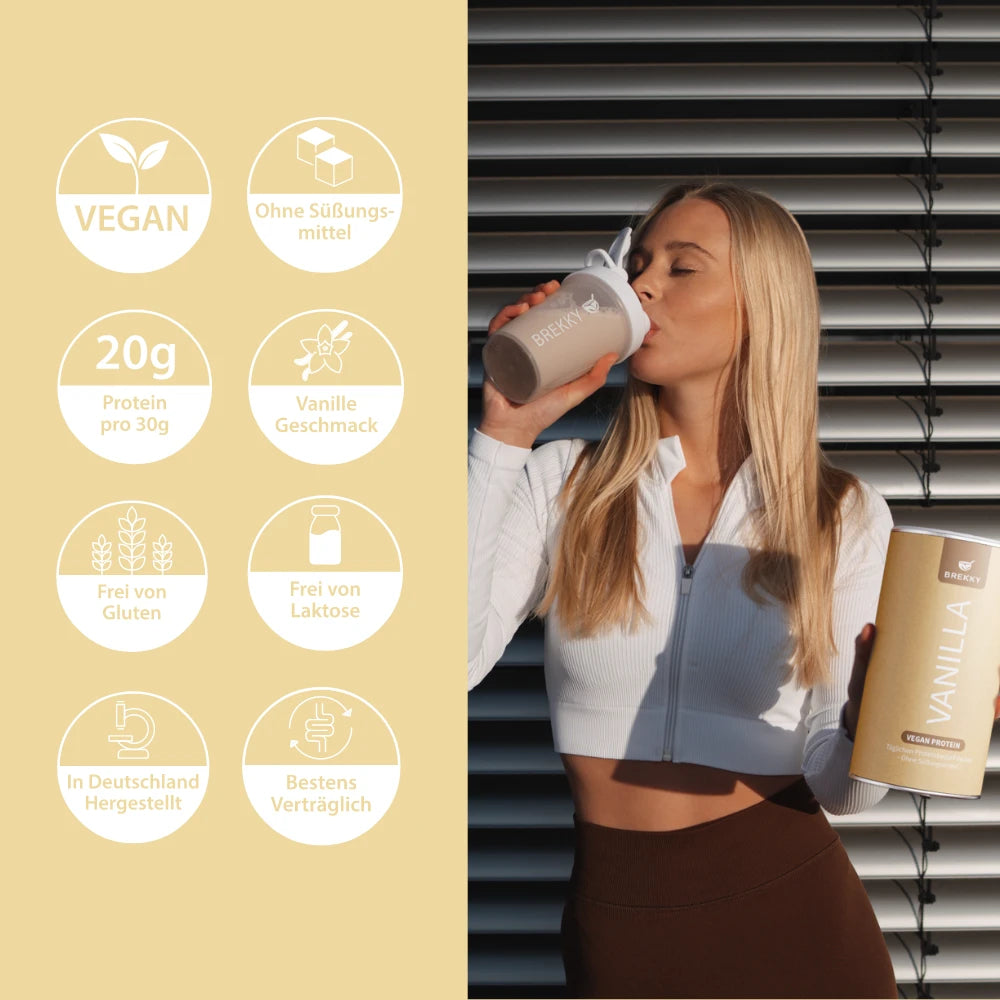
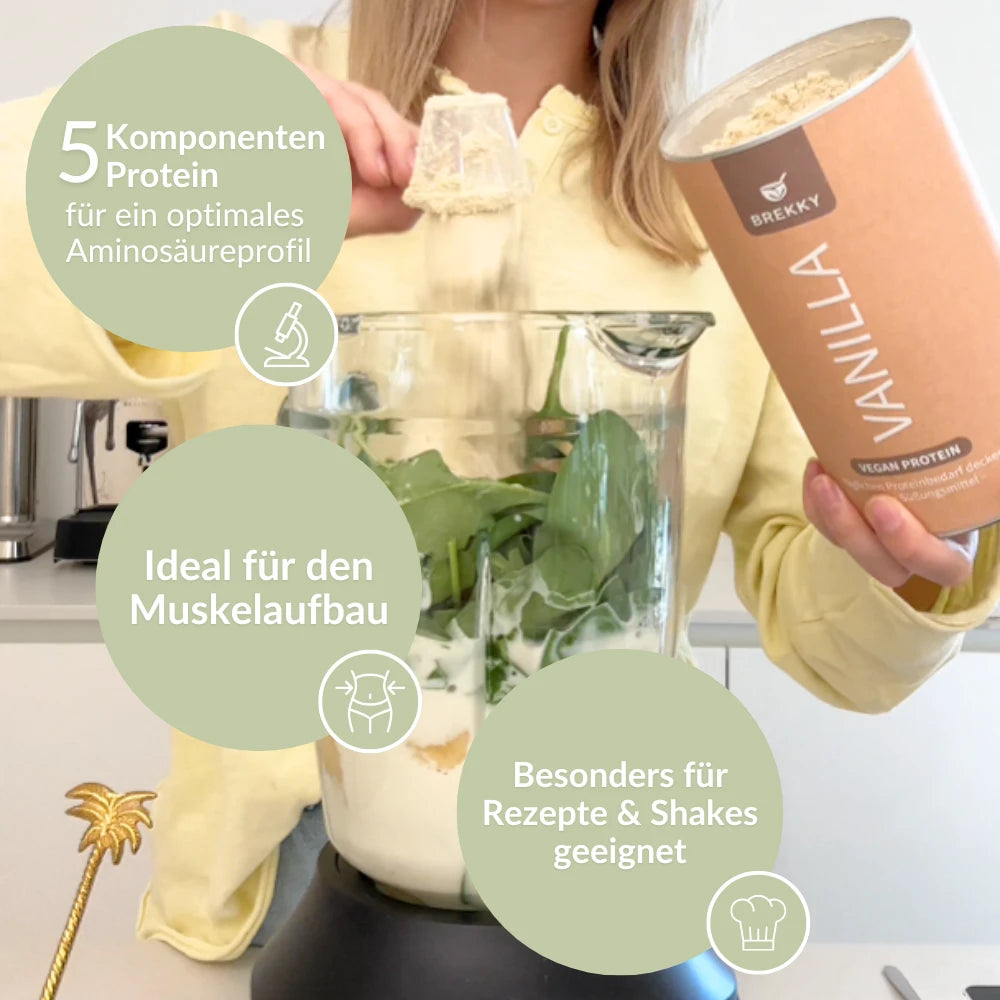
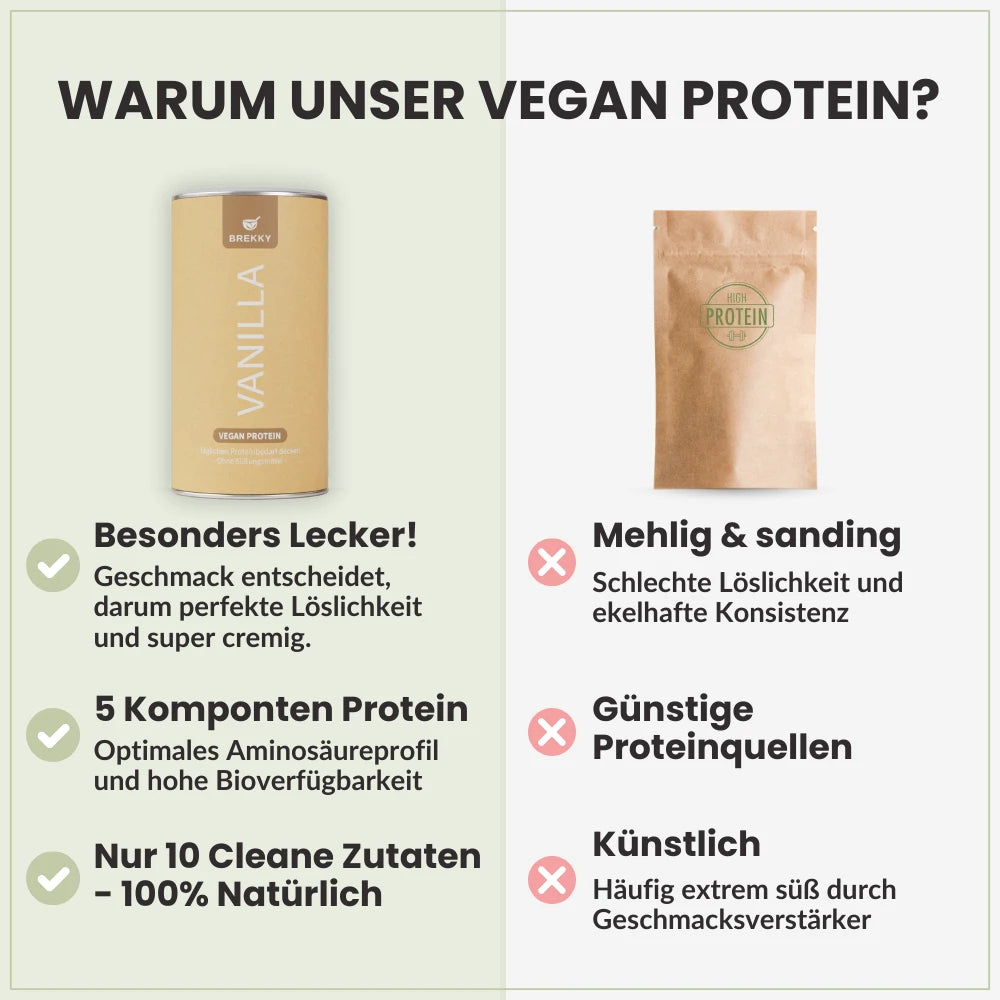


Rezepte
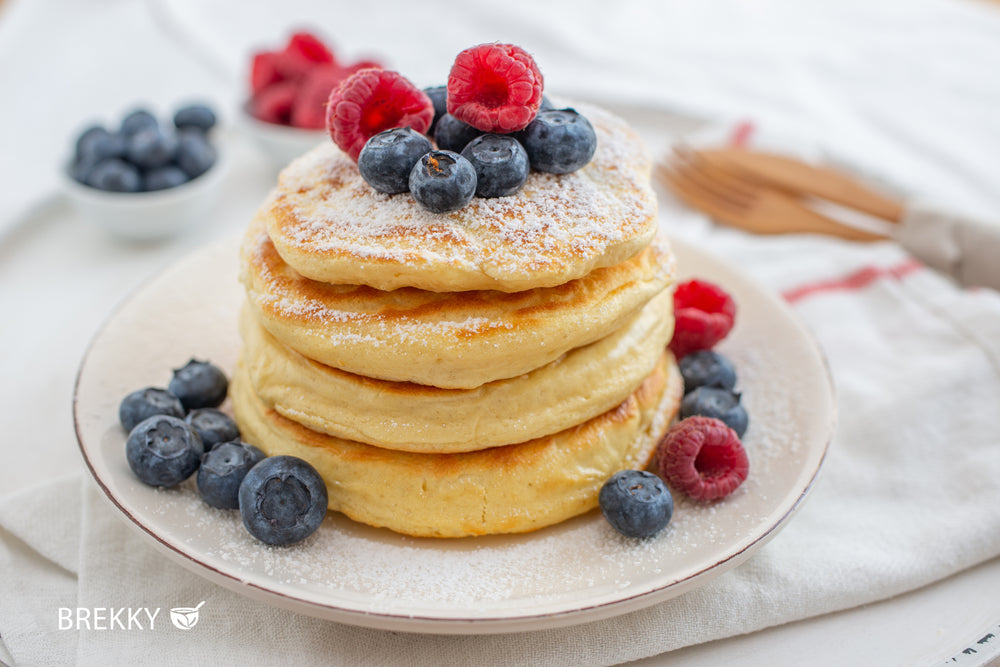
Baking with neutral protein powder (pancakes, bread)
A neutral protein powder—e.g., one based on pea or rice protein—is excellent for baking. It partially replaces flour and increases the protein content:
Pancake recipe:
- 50 g neutral protein powder
- 100 g oat flakes
- 1 banana
- 150 ml plant milk
- 1 tsp baking powder
- Preparation: Mix all ingredients and fry in a pan.
Protein bread:
- 80 g rice or pumpkin seed protein
- 200 g wholemeal flour
- 100 g grated zucchini
- 1 teaspoon salt
- 1 tsp baking soda
- Water as needed
Shake optimization: Creaminess without soy
Many use soy for a creamy consistency. Alternatives:
- Almond butter or oat milk for more fat
- Rice flour or banana as a natural emulsifier
- Protein blends with pea + pumpkin provide a fuller mouthfeel
